Population and Social Characteristics
Could These US State Borders Be Changed in Our Lifetime?
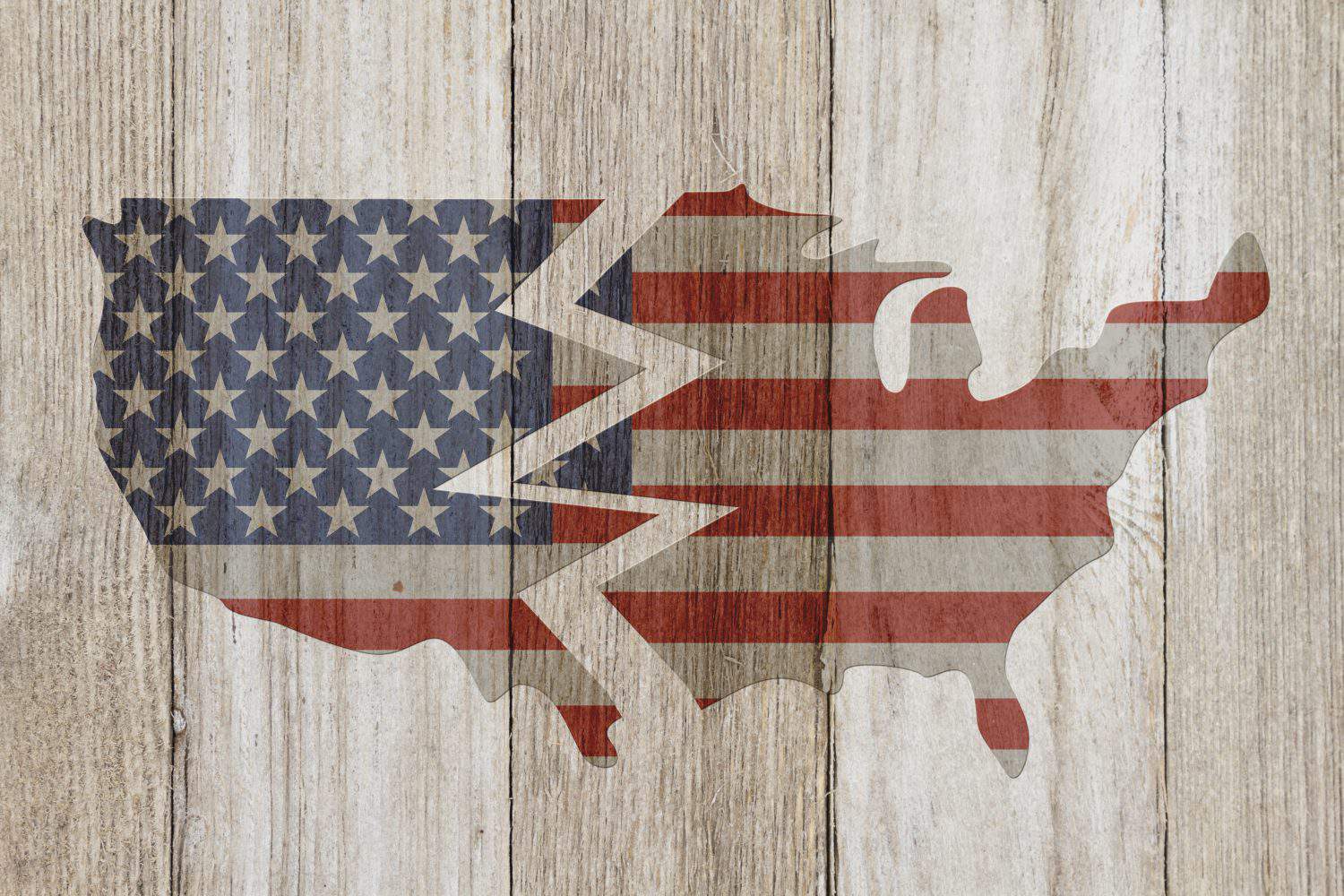
Published:

There’s often speculation about whether the United States will add a 51st state. Most often, attention focuses on Puerto Rico or Washington D.C. as likely candidates. But you might be surprised how many proposals there have been, even within the last 25 years, to divide existing states into new ones. These typically result from regions of a state feeling misrepresented by their state government, usually due to the different needs and political leanings of urban vs. rural regions. We’ve selected some of the proposals that have captured local, and sometimes national news just since the year 2000. Most of these amount to little more than publicity stunts by politicians trying to win points with discontented voters. However, they are still an indicator of areas where there are local grievances that may need more attention from state governments.
There have been many proposals, even in the last 25 years, to redraw state borders. Most of these are publicity stunts that won’t come to fruition. These proposals do point out areas where regional, cultural, and political differences are creating tension points that may need attention from government leaders at state and local levels. Check out: 2 Dividend Legends To Hold Forever and Discover “The Next NVIDIA
Key Points
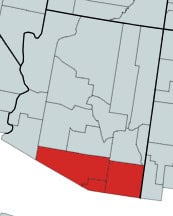
In 2011 a movement was organized to separate Pima County and possibly Santa Cruz and Cochise Counties into a separate state of Baja Arizona. The largest city in this area is Tucson. This region is more politically liberal than the conservative-dominated capital, Phoenix.
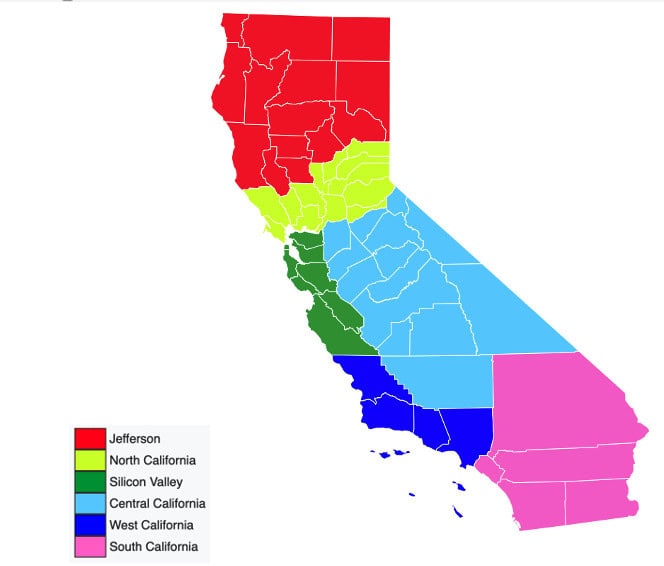
The borders of California were drawn generously to include the entire agriculturally rich Central Valley as well as surrounding gold- and other mineral-rich mountains. There was some fear in Washington the territory might have rebelled and tried to become its own country if this vast land claim was not granted. Over the years there have been numerous proposals to cut it down to size. The most ambitions was a scheme started in 2013 by a venture capitalist to divide the state into six new states. This would have separated the urbanized and liberal coastal metropolitan areas from the more conservative agricultural and wilderness regions in the north, central, and eastern counties of the state. The proposal failed to get enough signatures to put it to a general vote.

11 counties in northern and eastern Colorado voted on a proposal in 2013 to secede to form a new state of North Colorado. They felt the urban centers where most of the population and political power are located are out of touch with the needs and interests of rural parts of the state. Six counties (in blue on the map) rejected the proposal and 5 (in orange) supported it. It has not moved forward since, as the referendum was nonbinding.
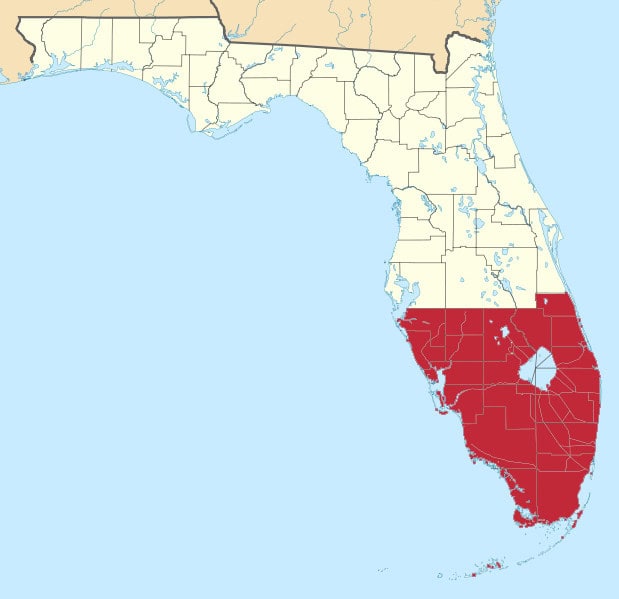
The capital of Florida, Tallahassee, is in the northern part of the state where most of the population was concentrated when it joined the Union in the 19th century. Today, the urban centers of southern Florida do not always feel well-represented in the distant capital. In 2008, North Lauderdale made a proposal to split the state into North Florida and South Florida. In 2014 South Miami passed a resolution supporting the idea and circulating it to the counties in the proposed new state area. The map above indicates counties traditionally thought of as South Florida, or SoFlo, that could be part of the new state.
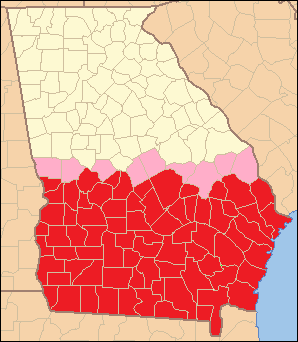
Pierce County in Southeastern Georgia asked voters in the 2018 Republican primary if they would like to invite all the counties south of Macon to secede and become the state of South Georgia. The map above shows counties south of Macon in red and counties level with Macon but extending south in pink. The measure was rejected by 73% of voters.
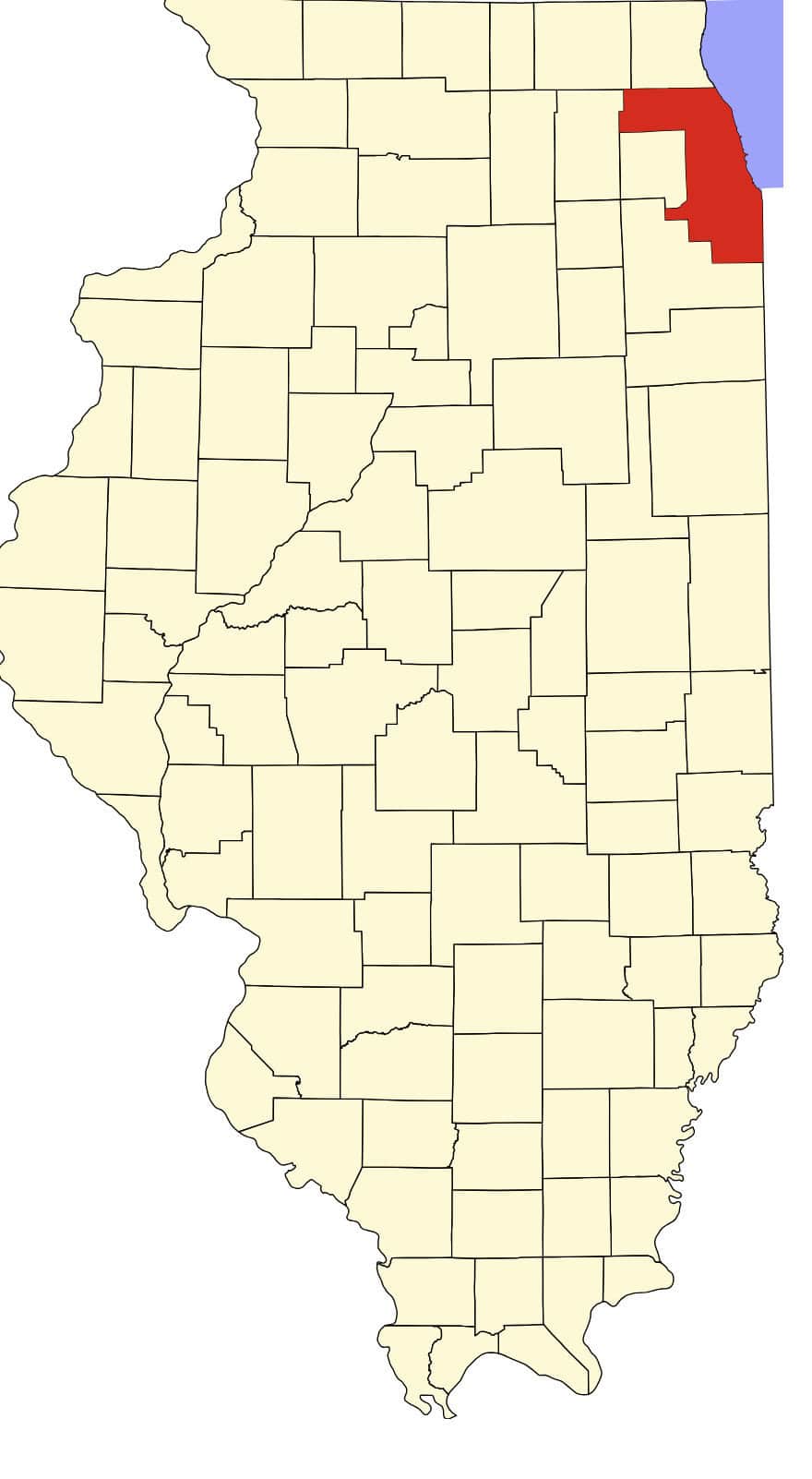
Chicago is located in Cook County, Illinois (in red in the map above). With a population of over 5 million, it has decisive influence over the politics of a state that is as midwestern and agricultural as neighboring Indiana and Iowa. This was perceived as a problem even before the Civil War, with several proposals over the years to make Chicago its own state. The latest proposals were in 2011 and 2019 when several state representatives petitioned the U.S. Congress to take the issue up and declare Chicago the 51st state.
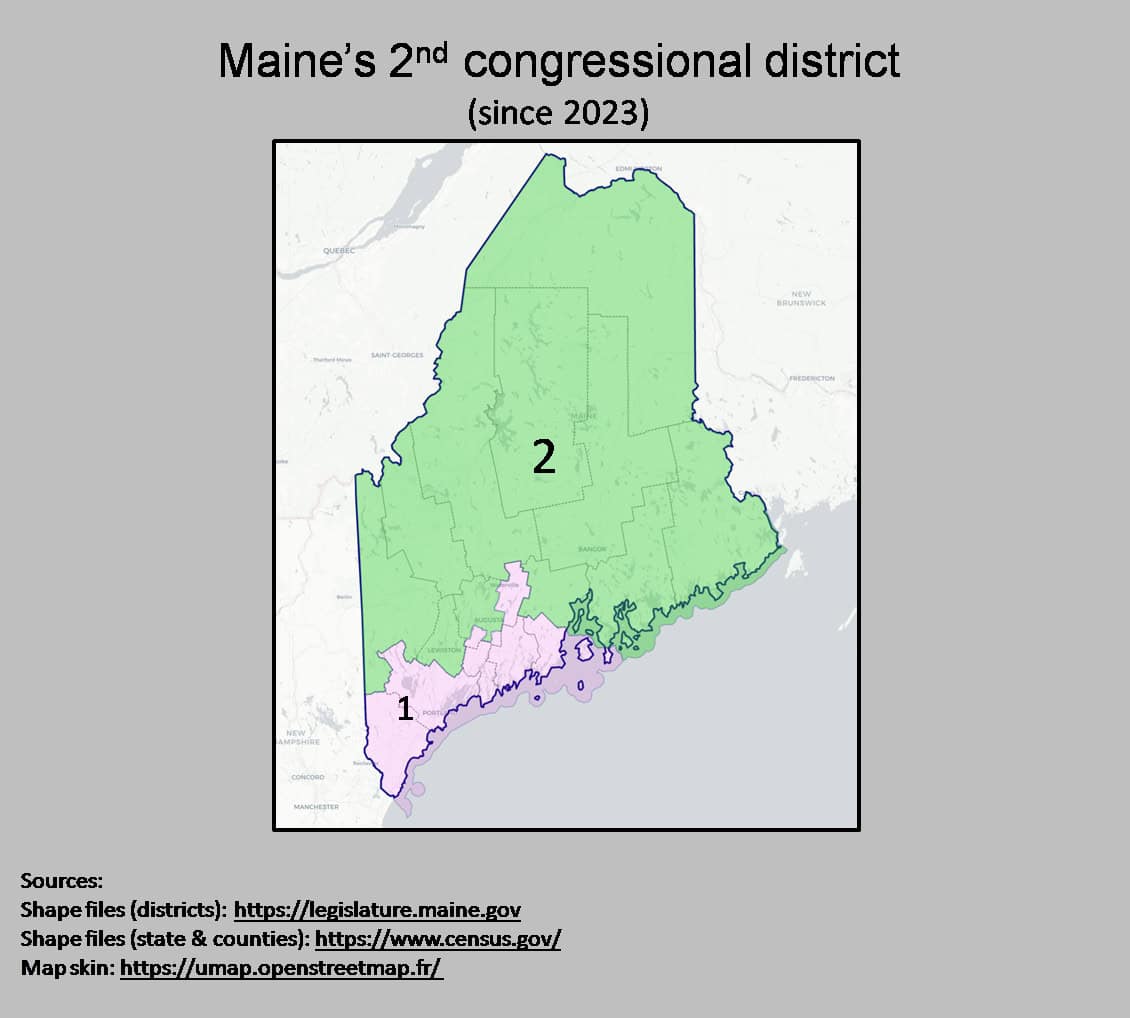
Maine was part of Massachusetts until it became a separate state in 1820. In 1998 and 2005, Henry Joy, a state Representative, proposed separating the state’s two congressional districts into separate states. He suggested the northern, rural 2nd district could be called Maine, but the developed southwestern coastal 1st district would be the state of “Northern Massachusetts.” Picking up on the idea, other people have suggested the name “Acadia” for northern Maine—a regional name once used for the French colonies in neighboring New Brunswick and Nova Scotia, Canada.
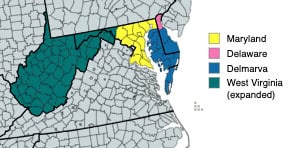
There have been numerous attempts to organize a new state on the Delmarva peninsula on the Eastern Shore of Cheseapeake Bay, which includes 9 counties of Maryland, all three counties of Delaware, and two Virginia counties. Some proposals would annex the whole area to Delaware; others would leave out Delaware’s northern New Castle County where Wilmington is located. This was proposed as recently as 1998. In 2014, residents in the mountainous western part of the state circulated petitions to secede and form a new state named Liberty, Antietam, Appalachia, or Augusta. And in 2021, state legislators from the three westernmost counties of the state sent a letter to the West Virginia state government to request potential annexation to West Virginia.
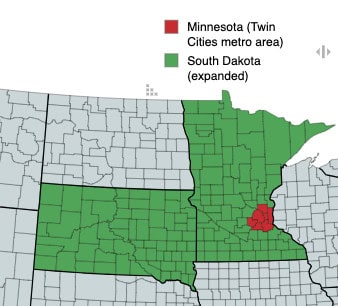
During the COVID-19 pandemic in 2021, a petition and a bill introduced in the Minnesota state legislature proposed letting the state’s counties vote individually to leave the state and join South Dakota, or Iowa or Wisconsin if they preferred. This was a protest against Minnesota’s strict pandemic lockdown rules. The proponents’ expectation was that all the counties would leave except the 7-county Twin Cities region of metropolitan Minneapolis-St. Paul. While the original issue that provoked these proposals has passed, it does point out the political differences between the urban and rural parts of Minnesota.
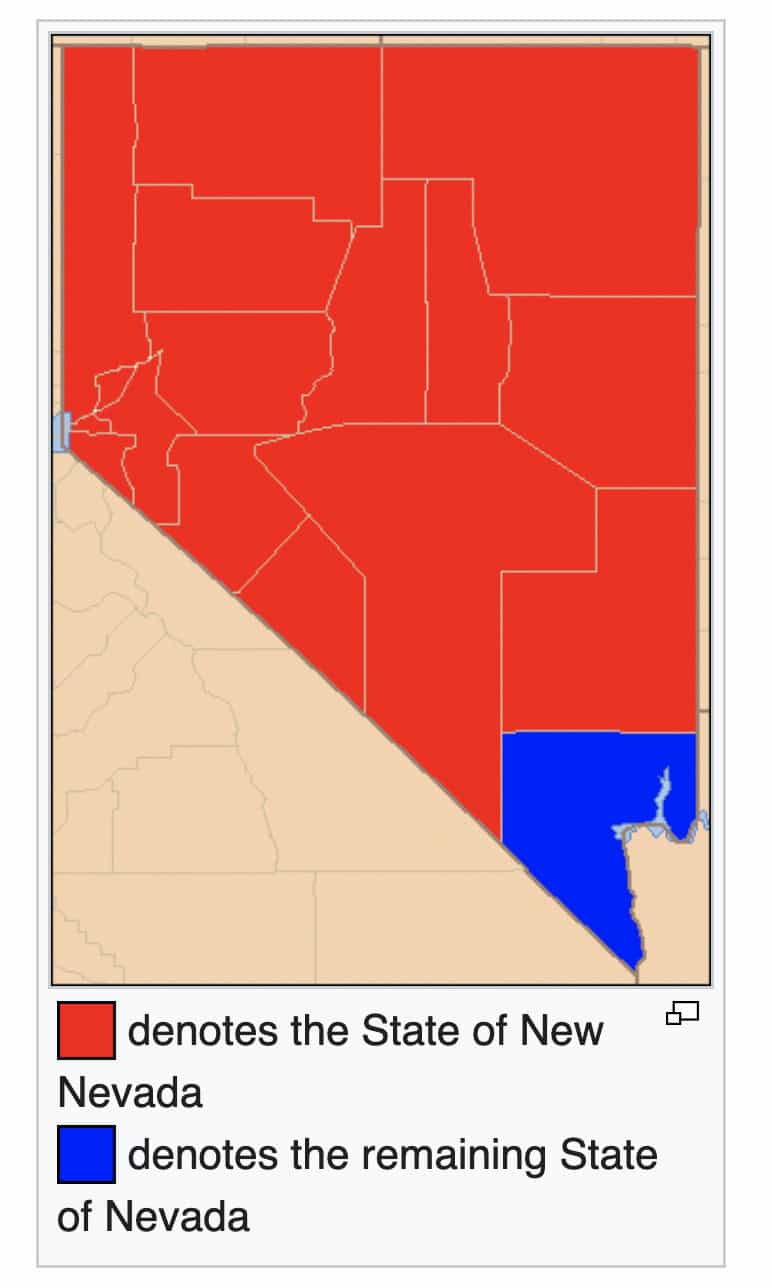
Similar to the situation in Illinois, rural voters in Nevada are uncomfortable with the massive control the city of Las Vegas has over the state’s politics. In 2020 rural representatives started a movement to get every county of the state to secede from Clark County, where Las Vegas is located, to form a state of “New Nevada.”
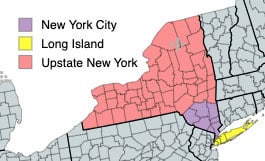
From 2007-09 residents of Long Island were discontented about the state’s use of their tax money and discussed secession. There were proposals for the entire island to secede, or just the less urbanized two eastern counties. Additionally, in 2009, 2010, 2013, and 2015 there were significant efforts by several state senators to put to the voters the idea of separating upstate and western New York from New York City. Fred Smerlas, a politician from the western part of the state, said he would like to “take a big saw and cut New York City off” of the rest of the state!
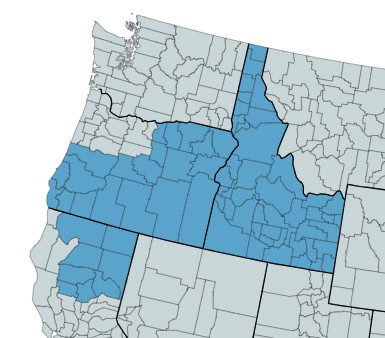
Portland, Oregon and its environs are nationally known for having some of the most liberal political views in the country–a fact celebrated by the residents with the slogan, “Keep Portland Weird.” Most of the state is far more conservative, so much so that by 2024, 13 counties voted that they wanted to join Idaho instead. The “Greater Idaho” movement aims to annex about 75% of Oregon and a large chunk of Northern California to Idaho. This would give Idaho for the first time a coastline . . . and sweet vindication for the large chunk of gold-bearing territory Montana managed to swipe from them when the state borders were drawn in 1899.
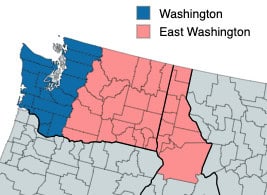
In 2015, 2017, and 2019 state legislators in Washington have tried to get bills or petitions approved to divide the state into separate eastern and western states. There have also been proposals to combine parts of Oregon and Idaho in the new eastern state. Names suggested for it include East Washington, Cascadia, or Lincoln. None of these proposals has been taken up by the state legislature.
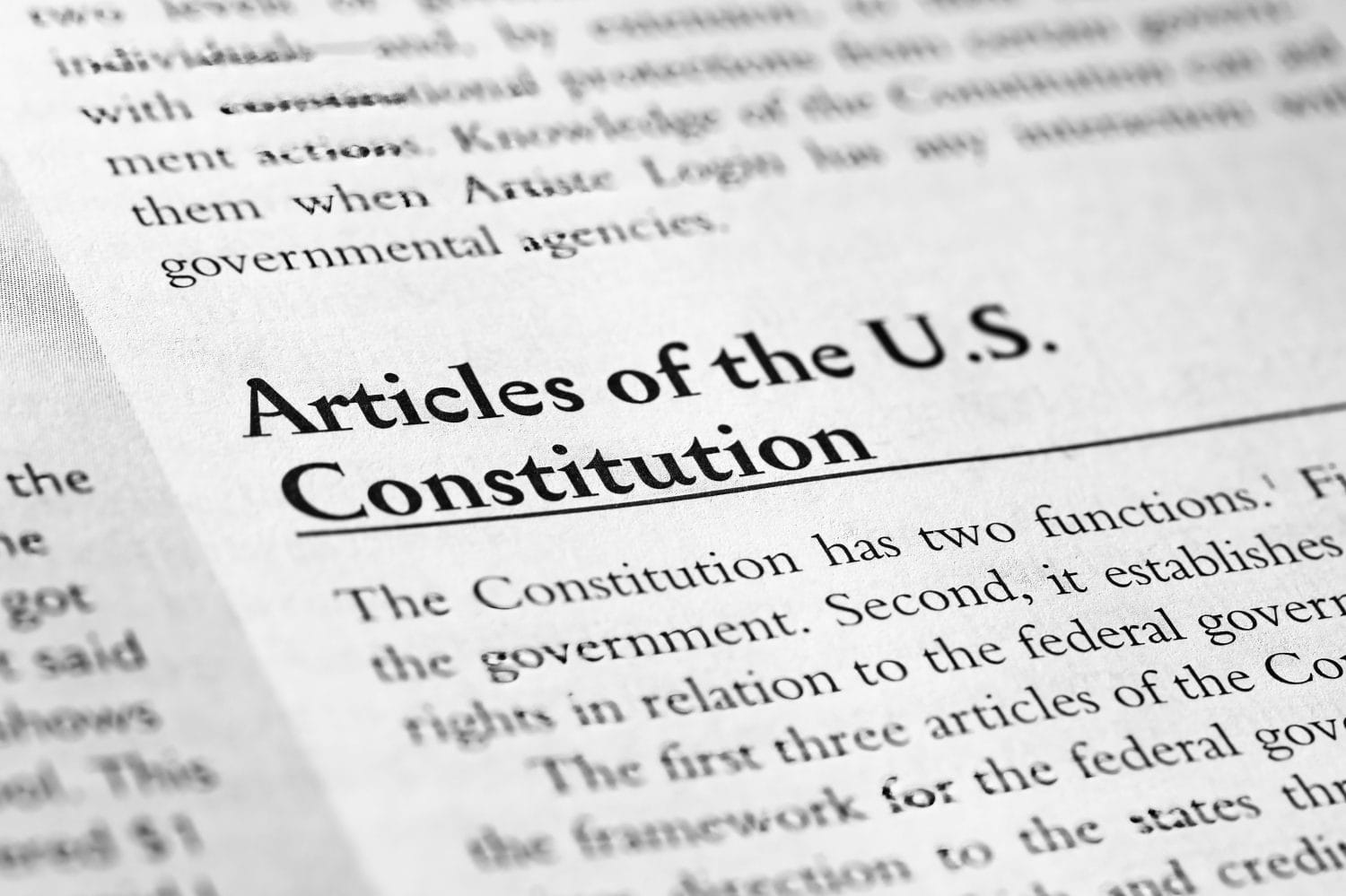
The Constitution requires that if a new state is to be formed out of a current one, or if part of a state wants to join another state, both affected states must approve, as well as the U.S. Congress. In the first half of the country’s history, the effort to keep a balance of power between free and slave states affected these decisions. Today, the balance between the Democratic and Republican parties in congressional delegations and electoral votes for president are major considerations.

The process of getting states to agree to change their borders, and convincing the U.S. Congress to allow it, is a daunting political gauntlet. It also means creating new state institutions and bureaucracy and working through the transfer of public assets from one state to another, much of it creating an unnecessary taxpayer expense. Thus, it is highly unlikely that state borders will actually be changed unless the affected people were so insistent on it that it began to disrupt civil order.
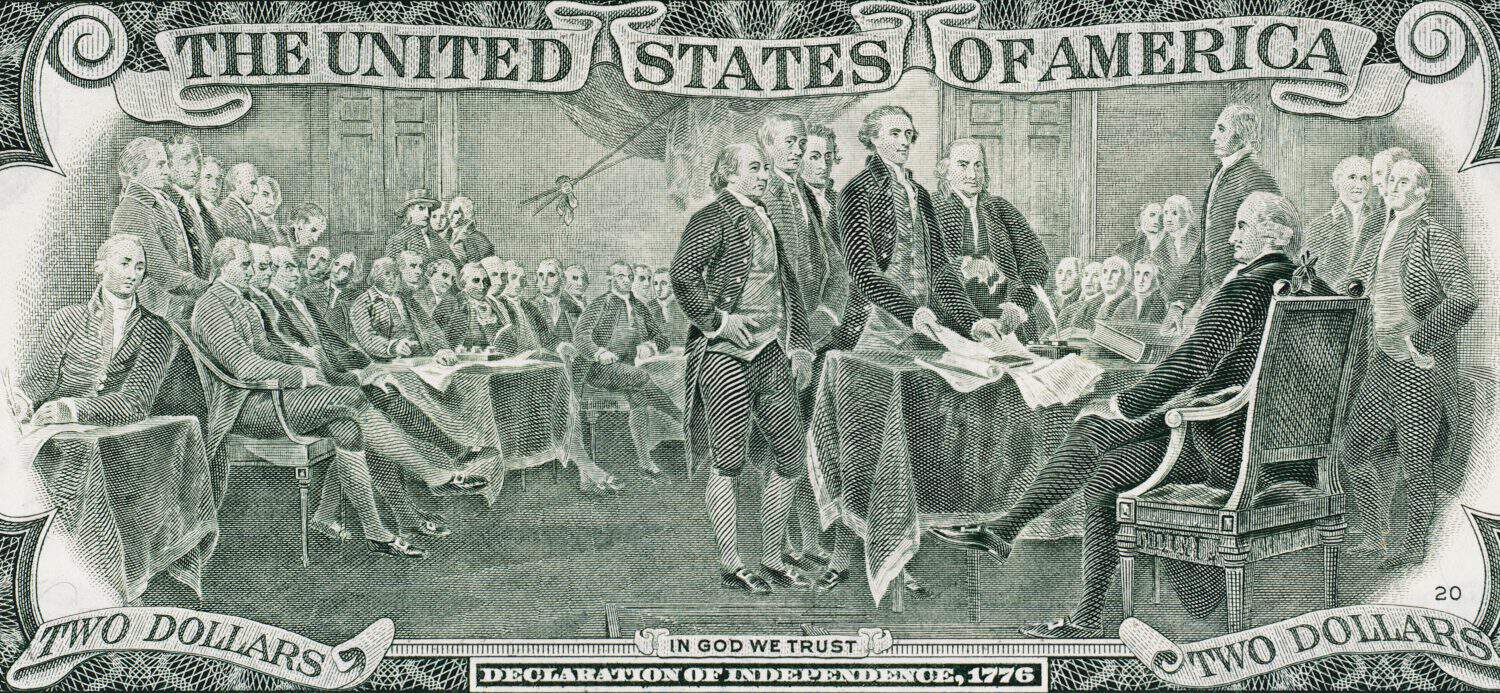
But when you think about it, this is in most cases for the best. If we redraw state borders as political parties and issues change over the years, it will be a never-ending, disruptive process. And it will also intensify cultural and political differences. Without the mitigating influence of their rural counties, how much more “weird” would Portland, Las Vegas, Chicago, the Twin Cities, or New York City be? And without their economic and cultural powerhouses, would the rural areas soon find themselves falling behind in their development and integration into the global economy? The states are a microcosm of the country as a whole: a country that from the beginning was designed to function on the basis of shared, divided powers requiring the careful building of political consensus. And if this process fails in the states, it’s a short step to it failing in the country as a whole.
Retirement planning doesn’t have to feel overwhelming. The key is finding expert guidance—and SmartAsset’s simple quiz makes it easier than ever for you to connect with a vetted financial advisor.
Here’s how it works:
Why wait? Start building the retirement you’ve always dreamed of. Click here to get started today!
Thank you for reading! Have some feedback for us?
Contact the 24/7 Wall St. editorial team.